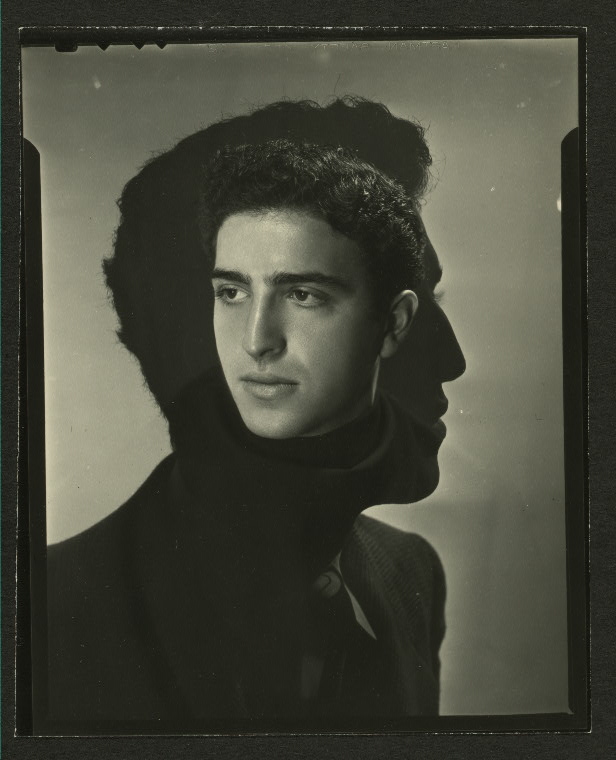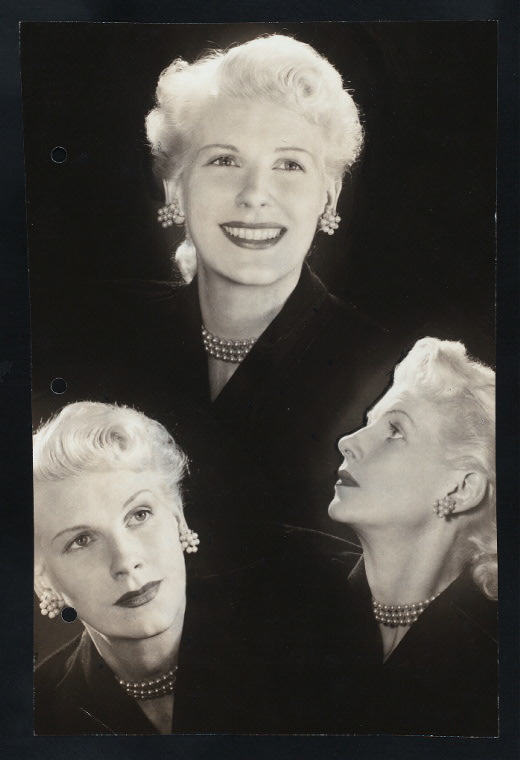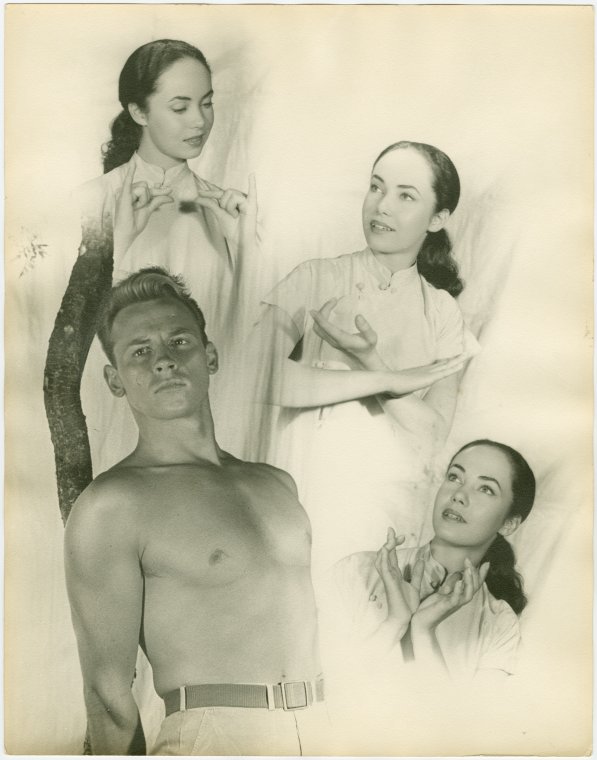Archives
Head Shots: Doubles, Triples and Quads
Long before cut and paste, there was cutting and pasting. As part of the development of Head Shots, we searched out articles and books that advised actors and photographers on ideal examples. All agreed that a headshots should be simple, neutral and focus attention on the performer’s face. And most of the exemplar images in the exhibition, no matter how expert the photographers, are basically faces inside rectangles. One face... one photo. But variations were possible.
We found examples of headshots that played with the standards of 8 x 10 glossies and followed the experimentation more associated with art photography. The most frequent anomaly was the use of double and even triple exposures. Photographers adopted techniques used by Man Ray and Francis Bruguiere—and by advertising studios. At best, they made more memorable headshots which showed multiple aspects of the performer. At worst, they interfered with the casting directors' ability to imagine the performer in roles.
Anyone with PhotoShop can accomplish the effect now with 3 clicks, but it was a much more complicated and laborious procedure in the analog era. It did begin, however, like any headshot with an actor’s face photographed against a neutral background so that the face or profile “floats” away from the surface. Few of these examples, unfortunately, credit photographers.
Here is the head shot of actress Strelsa Leeds.
Each face could be carefully cut out from the negative or re-photographed as a mechanical with the background matted out. Then the faces could be re-positioned and re-photographed to make a montage.
Here, the face of character actor Fred Sadoff is framed by his profile.
Full face and profile images of Carol Hill are combined in this example.
Some of the most innovative montage shots were created by Avery Willard. The Billy Rose Theatre Division has a large collection of his portraits, as well as his documentation of early Off- and Off-Off-Broadway, Gay theater, and the New York Shakespeare Festival. The experimental photographer and filmmaker created many multiple exposure montages in both media. The exhibition featured head shots and promotional portraits. But, here is a quadruple exposure that we could not use in the exhibition since it shows characters. In it, Willard summons s South Pacific’s doomed lovers in his montage of William Tabbert (as Lt. Cabell) with the tripled portraits of Betta St. John as Liat.
Read E-Books with SimplyE
 With your library card, it's easier than ever to choose from more than 300,000 e-books on SimplyE, The New York Public Library's free e-reader app. Gain access to digital resources for all ages, including e-books, audiobooks, databases, and more.
With your library card, it's easier than ever to choose from more than 300,000 e-books on SimplyE, The New York Public Library's free e-reader app. Gain access to digital resources for all ages, including e-books, audiobooks, databases, and more.
If you don’t have an NYPL library card, New York State residents can apply for a digital card online or through SimplyE (available on the App Store or Google Play).
Need more help? Read our guide to using SimplyE.



